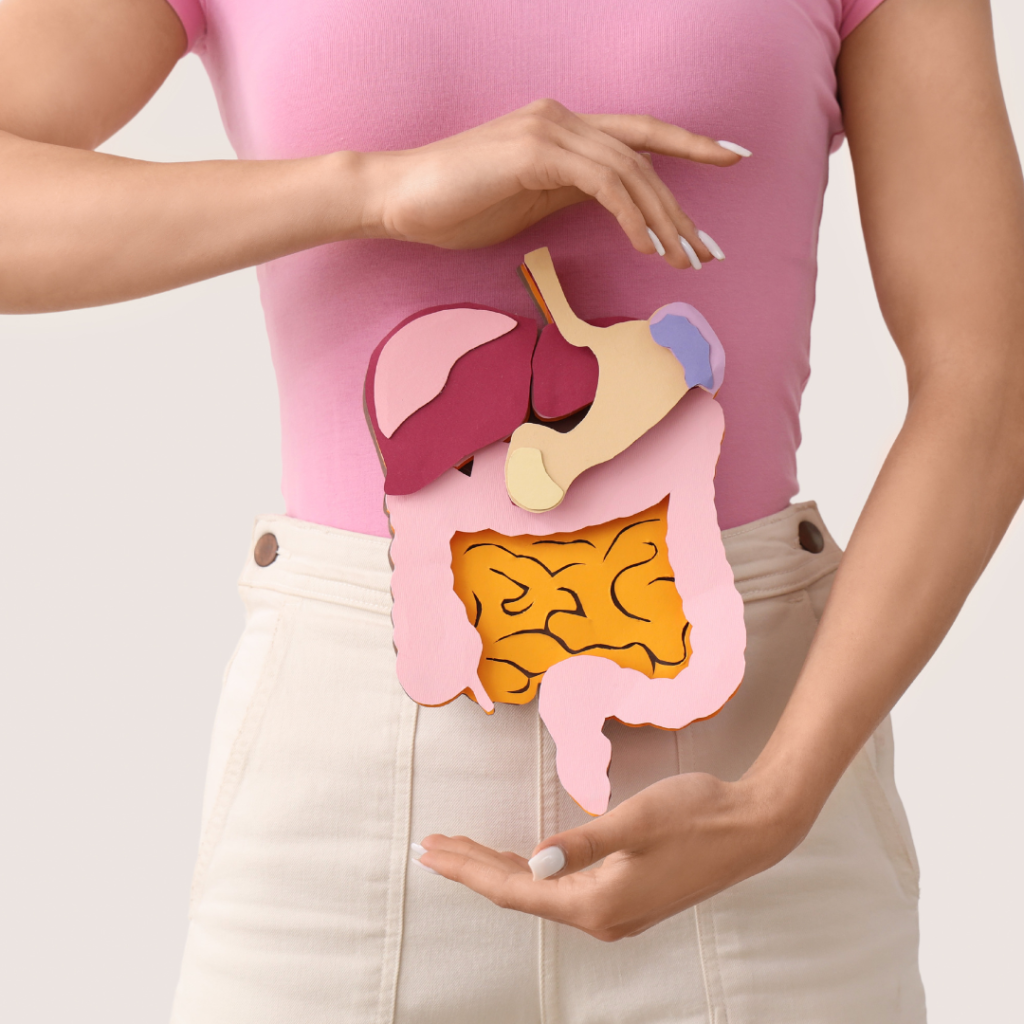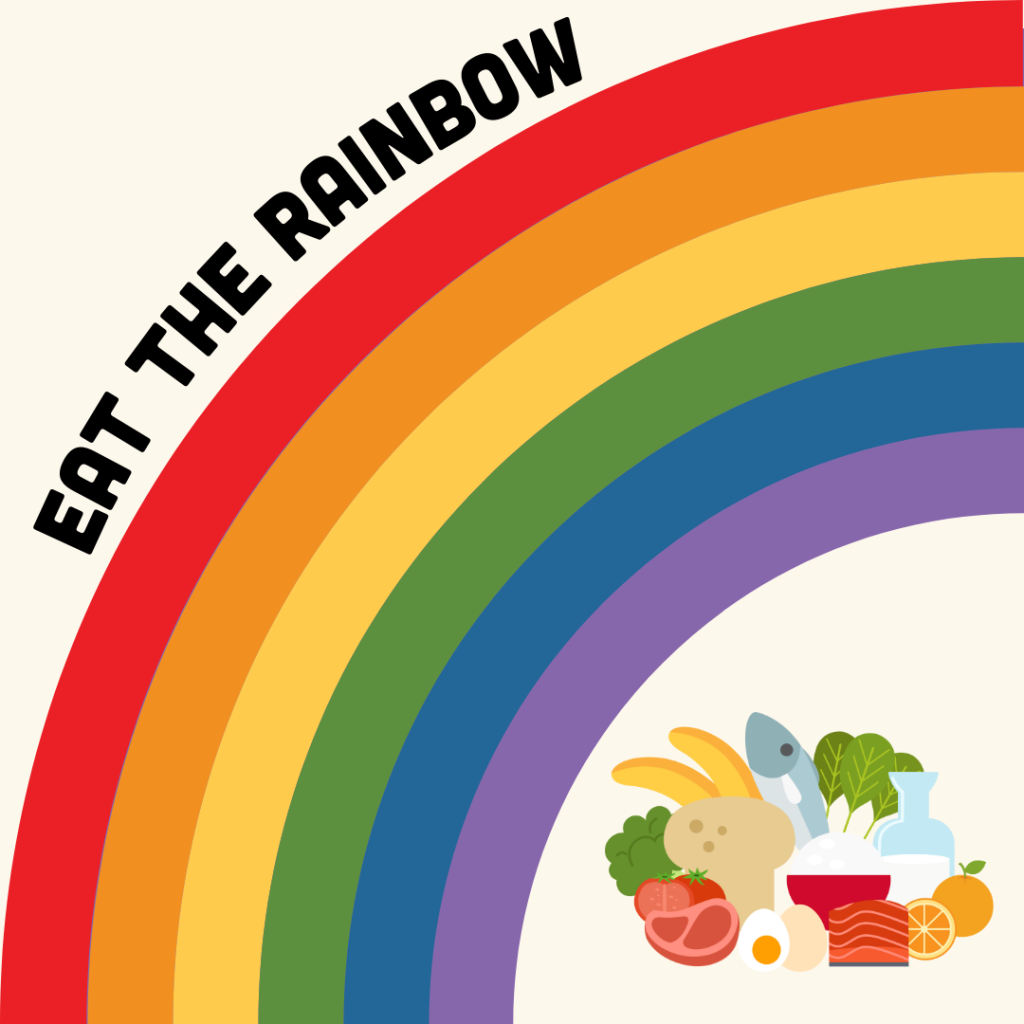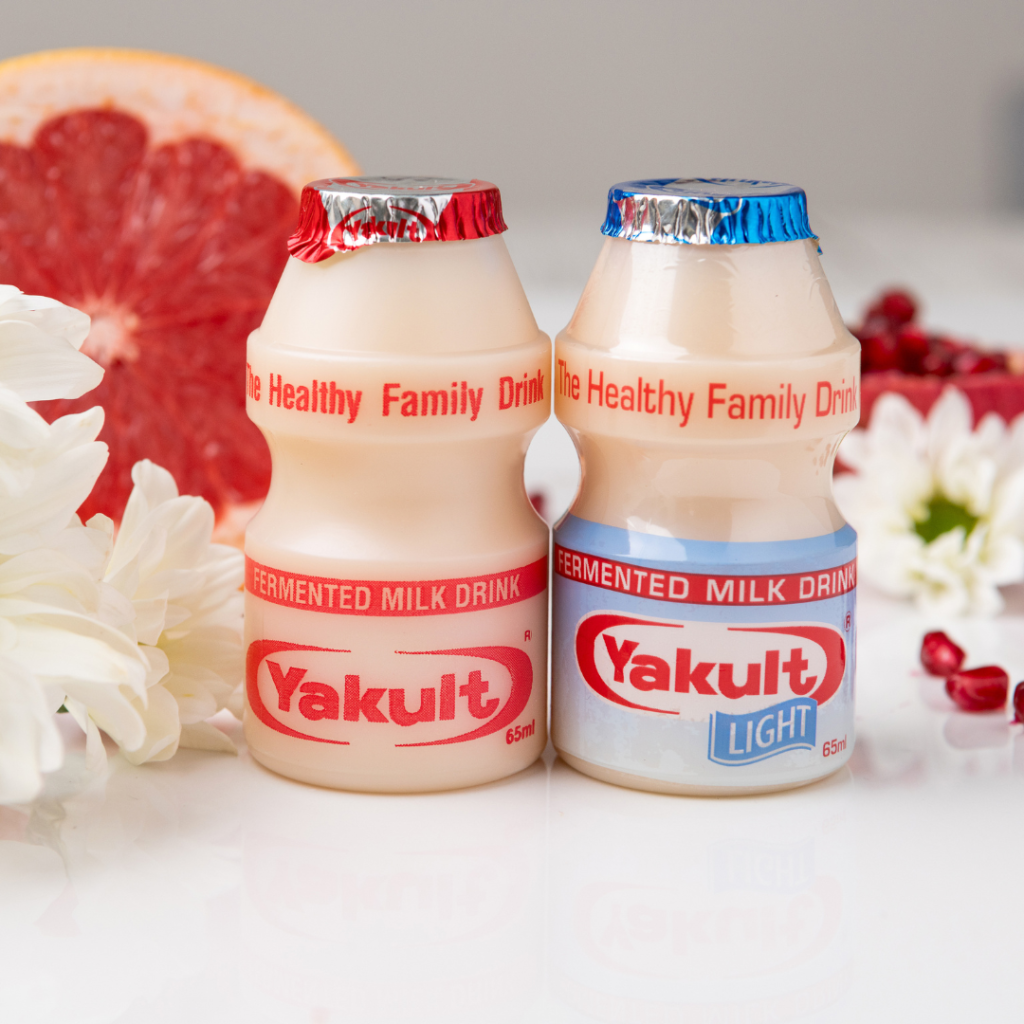Celebrating 90 Years of Yakult

🎉Celebrating 90 Years of Yakult – Discover Our Limited-Edition Packaging 🎉 In 2025, we’re proud to celebrate Yakult’s 90th Anniversary. In 1935, production and sales of Yakult began in Fukuoka, Kyushu, Japan. Loved for over 90 years, its impact continues to be shaped by the two things that led to its creation, the unique […]
Gut Health Quiz

The human Gastrointestinal (GI) tract is home to an abundant and diverse ecosystem of over 100 trillion types of bacteria and microorganisms, collectively known as the gut microbiota.1,2 The bacteria within your gut aid digestion by breaking down food and converting it into essential nutrients for your body to absorb and use.3 The health of our […]
Yakult Benefits

Yakult is a familiar, refreshing probiotic drink that you often spot on grocery shelves! Among the many things written on its packaging, the phrase “for digestive balance & intestinal health” highlights Yakult’s health benefits, making it more than just a nostalgic, tasty beverage. Probiotics are defined as “live microorganisms that improve your health when taken […]
Eat the Rainbow: A Colorful Guide to Healthy Eating

Eating healthy can sometimes feel overwhelming, especially when trying to figure out the best choices, portions, and frequency. But it doesn’t have to be complicated! A simple and effective way to build healthy, balanced meals is by following the “Eat the Rainbow” approach. Just like a rainbow is made up of vibrant colours that each […]
Lunar New Year Celebration at Yakult Australia: A Vibrant Festivity of Fun and Tradition

At Yakult Australia, we celebrated Lunar New Year with a burst of joy, creativity, and a lot of festive spirit! As part of our Mandarin tour offerings, we hosted a special Lunar New Year celebration tour, bringing together culture, tradition, and excitement. Visitors had the chance to immerse themselves in Lunar New Year traditions, from […]
Join us on a free Yakult Factory Tour!

Join us on a tour of our Yakult factory! Yakult Australia is pleased to offer free guided tours of our modern manufacturing facility, located at 10 Monterey Road, Dandenong South (VIC). Visitors can safely view the entire production process through large viewing windows. What can I expect when attending a factory tour? On a […]
Dos and Don’ts with Yakult

Yakult is a refreshing probiotic milk drink. However, to get the most out of this healthy drink, it’s essential to know how to store, handle, and incorporate it into your daily routine. Here’s a guide on the dos and don’ts when having Yakult, along with some recipe ideas to inspire you. Dos Keep it […]
Essendon and Yakult Australia: A Winning Partnership

Since 2005, the Essendon Football Club (Essendon) and Yakult Australia (Yakult) have enjoyed a strong and enduring partnership, recently solidified by the extension of collaboration. This renewed agreement highlights the continued mutual value they place on each other, both professionally and within the broader community. Essendon CEO Craig Vozzo praised the longevity and commitment of […]
A Night of Milestones, Memories, and Gratitude

On Saturday, 12th of October 2024, we celebrated the 30th anniversary of Yakult Australia with a grand dinner party at the Sofitel Melbourne on Collins in Melbourne. It was an unforgettable night, brimming with exciting performances and heartfelt speeches. The night kicked off with a stunning performance by Miyake Taiko (三宅太鼓), an exhilarating display of […]
Spot Our Anniversary Vans and More!

As we celebrate our 30th anniversary in Australia, be on the lookout for our Yakult vans on the road across Australia and New Zealand! These vans deliver Yakult to your favorite local spots like supermarkets, cafes, restaurants, bubble tea shops and hospitals that feature Yakult on their menus. You may have already seen them […]